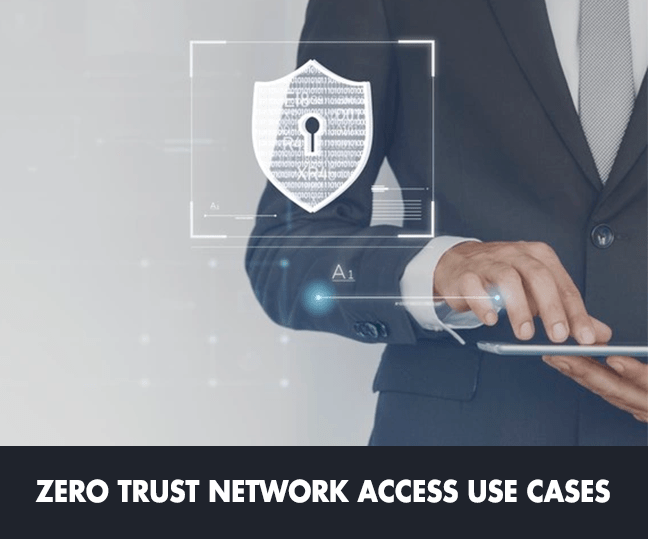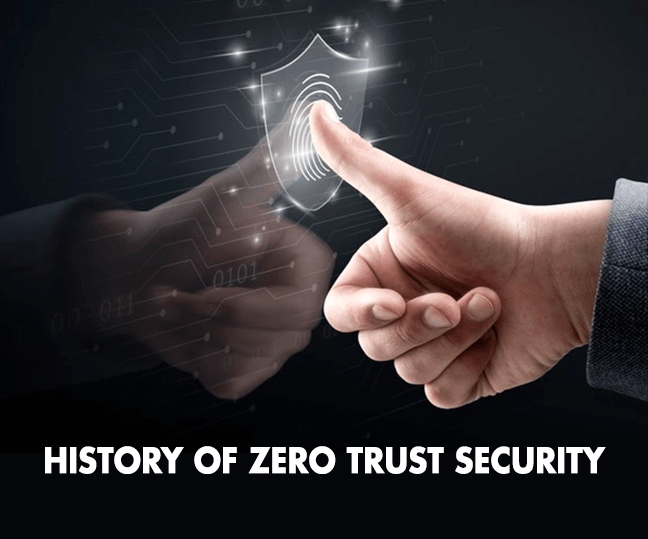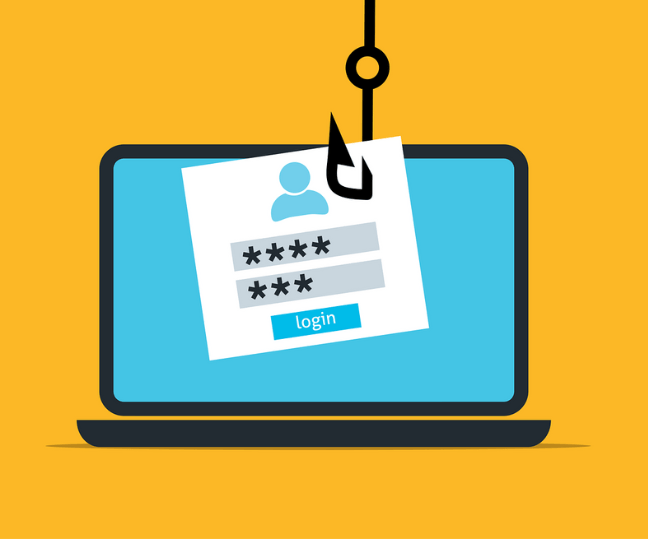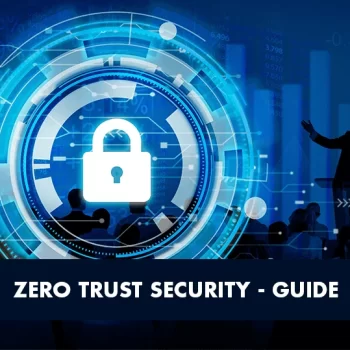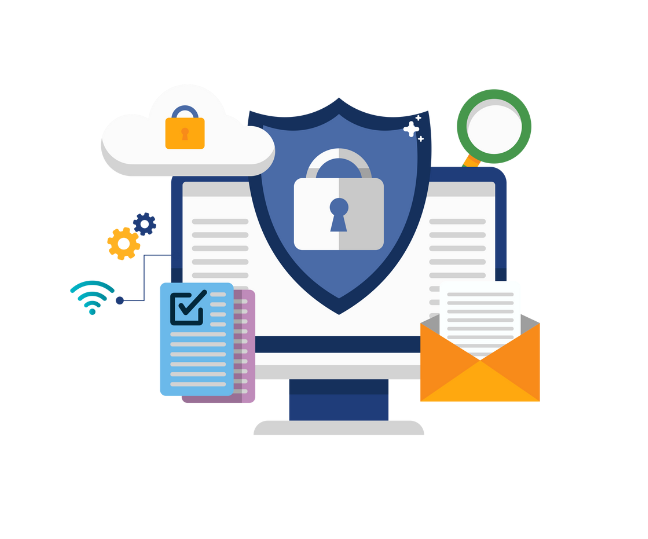Zero Trust Network is an approach to IT security that requires users within (and outside) the corporate network to be continuously verified, authorized, and authenticated. The philosophy behind how Zero Trust works is to “never trust and always keep verifying.” Regardless of their safe network usage habits, all users are continuously monitored. The Zero Trust methodology assumes that any network is a hostile technological landscape, and hence, no single entity can be trusted.
What is Zero Trust Network Access?
Companies can build an IT model with zero trust network access where strict identity verification for each network user is maintained. Anyone attempting to access a private network, be it a user or a device, will have to go for identity verification to ensure that the network does not get trespassed.
There is no particular specific or single technology that can be termed zero-trust network access. Instead, a variety of ways and technologies are used to ensure that businesses set up the zero trust scenario. It is a more holistic approach to the network security system of a business to ensure that its private network does not provide access to unauthorized users at any point in time.
So, how does a Zero Trust network work?
The Zero Trust model is based on underlying principles that govern how it can be leveraged to achieve total network security. So let’s dig a little deeper into each one.
Identity management
The IAM (Identity and access management) technology is one of the major principles of Zero Trust that categorizes entities, such as all the users, user groups, and computing devices encompassed in the network. Each category is associated with a set of policies. The policies define the access levels for the entities in the category. By granting access levels, it becomes easy to define the read, write, download, transfer, share, and copy privileges of any entity.
Access management
The way how Zero Trust works for managing entities is that entities can have varying accessibility criteria depending on their role in the organization. They may have conditional access to corporate resources, services, data, cloud resources, etc. Policy enforcers can seamlessly automate access management under the purview of IT administration. Since there are very few manual dependencies, it is significantly more scalable than the perimeter-based security methodology.
Multi-factor authentication
How does zero trust work without MFA? Well, it can’t! As a driving force of Identity and Access Management (IAM), MFA ensures protocols that establish the identity of the user trying to access any corporate resource. When MFA has been implemented, the user must provide credentials, such as inputting a password on their smartphone, verifying through a biometric indicator, answering security questions, or disclosing their geographic location. MFA can be configured to apply every time or periodically, as per the discretion of the IT security team.

Network segmentation
A corporate network is segmented into small administrative regions for enhanced Zero Trust security. Each region is so small that the attack surface is very low. Even if attacked, the intensity of the attack is isolated to only this small network surface and rarely percolated to other network segments. Although network segmentation can involve additional costs in setting up such a network landscape, the fact it would ensure Zero Test-enabled security makes it worth the investments.
End-point management
While the access to the end-point is controlled by Zero Trust architecture, the end-point itself needs to be protected in case any malware gets through. In the history of Zero Trust, there have never been loose ends in the architecture. That’s why endpoint security is also important because a managed end-user computing device can have varying degrees of access that change over time. The transition from one type of access to another could be a potential vulnerability point and has to be strongly protected by end-point security software.
And unlike a perimeter-based IT security framework, Zero Trust does not have boundaries. So, it can span across corporate LANs in different geographies, apply to cloud data centers and remote worker locations.










